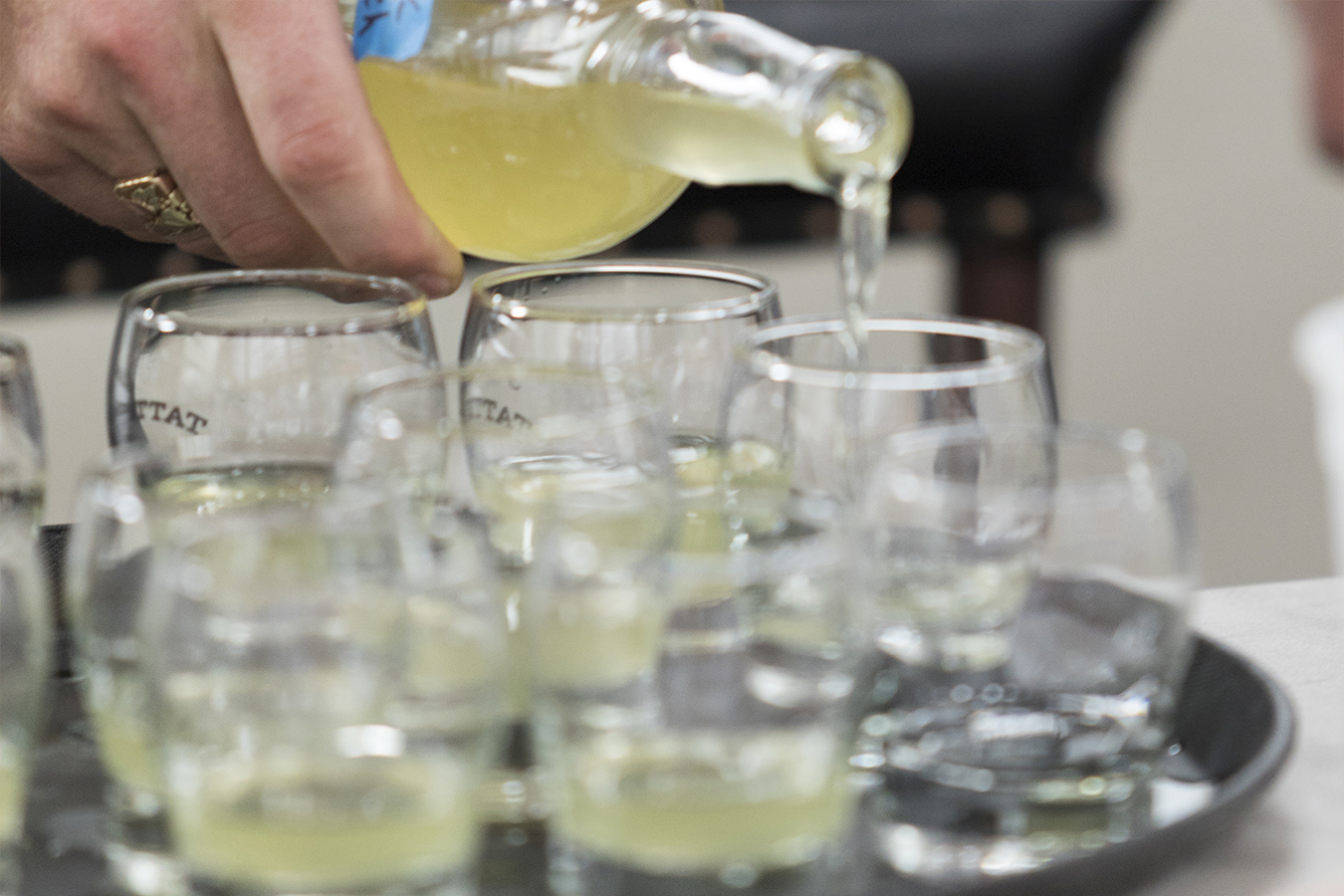
Organizational Contributors
About the Minneapolis Institute of Art
Established in 1883, the Minneapolis Institute of Art, or Mia, is committed to enriching the community by collecting, preserving, and making accessible outstanding works of art from the world’s diverse cultures. Mia’s permanent collection holds more than 89,000 objects. The collection includes world-famous works that embody the highest levels of artistic achievement, spanning about 20,000 years and representing the world’s diverse cultures across six continents. The museum has seven curatorial areas: Arts of Africa & the Americas; Contemporary Art; Decorative Arts, Textiles & Sculpture; Asian Art; Paintings; Photography & New Media; and Prints & Drawings. Mia is one of the largest arts educators in Minnesota. More than a half-million people visit the museum each year, and a hundred thousand more are reached through the museum’s Art Adventure program for elementary schoolchildren. The museum’s free general admission policy, public programs, classes for children and adults, and award-winning interactive media programs have helped to broaden and deepen this museum’s roots in the communities it serves.
About the Wangensteen Historical Library of Biology & Medicine
Located on the University of Minnesota, Twin Cities campus, the Wangensteen Historical Library holds more than 72,000 volumes of rare books, journals, and manuscripts and over 8,000 artifacts in diverse medical and biological subject areas that span half a millennium, from 1430 to 1930. The collection’s strengths focus on the historical development of health (nursing, pharmacy, public health and medicine) and biological science disciplines (human anatomy, physiology, and microbiology), their clinical and research aspects, home healthcare, and the development of the professions, medical concepts, and practice. Another focus of the collection is on natural history, covering topics such as botany, mycology, and zoology. The library contains printed materials in many languages, as well as manuscript materials. Particular concentrations include surgery, obstetrics, pharmacy, gynecology, pediatrics, cardiology, infectious disease, New World exploration, cataloguing the natural world, and animal identification. The library supports the research of University faculty and students, local and international scholars, and community at large.
About Tattersall Distilling
Tattersall Distilling is an award-winning distillery and cocktail room based in Northeast Minneapolis in the Historic Thorp Building—a warehouse that was once a top-secret manufacturing location for the Norden bombsight in World War II. Its extensive portfolio of over 30 all-natural spirits and liqueurs are always made from the best ingredients available. The cocktail room serves cocktails made exclusively with Tattersall spirits and fresh, house-made bitters, syrups, tonics, tinctures, and shrubs. As a result, Tattersall has earned national and international recognition with top honors from the San Francisco World Spirits Competition, American Craft Spirits Association, and American Distilling Institute for its spirits. From sourcing ingredients locally to implementing a comprehensive organics program, Tattersall is dedicated to cutting its carbon footprint. The distillery sources the majority of its grains from a sixth generation farmer just 50 miles north of its front door. Plus, spent grains are used as hog and cattle feed at a farm in the same town. Tattersall is proud to partner with Hennepin County and the City of Minneapolis to continue to reduce its waste with a comprehensive organics program throughout the distillery and cocktail room. You can find Tattersall products at bars, restaurants, and liquor stores in 23 states across the country.
